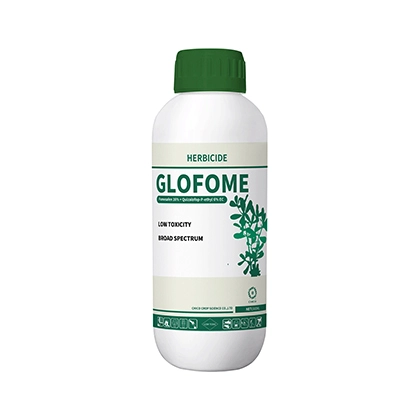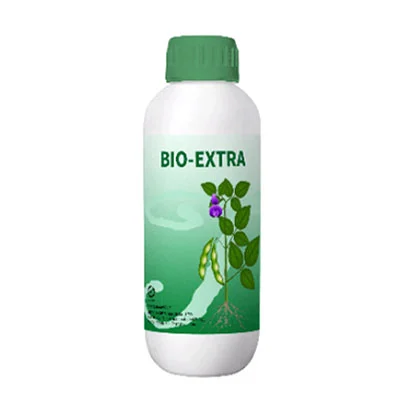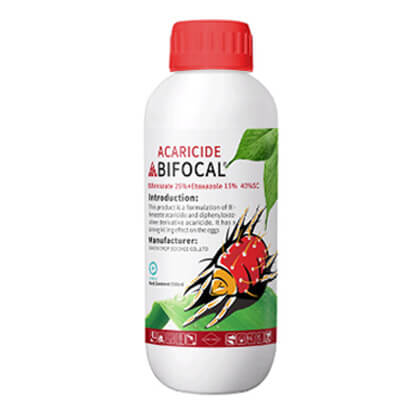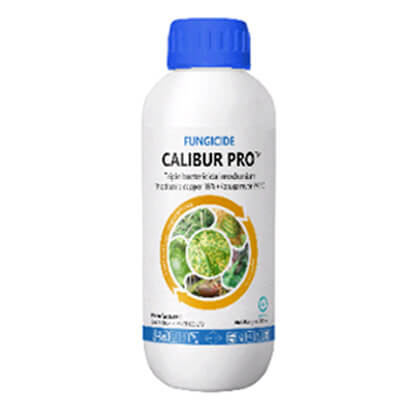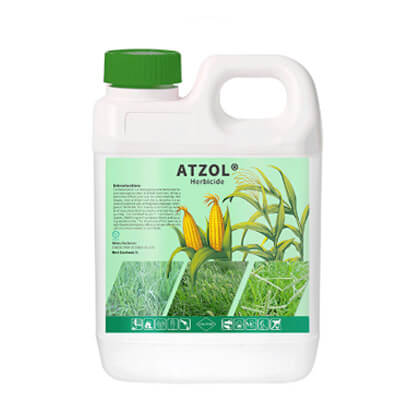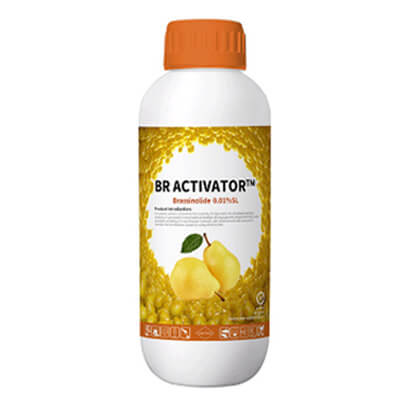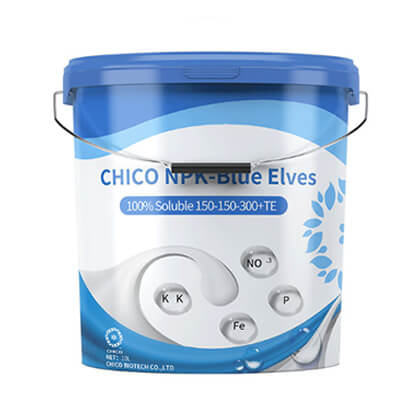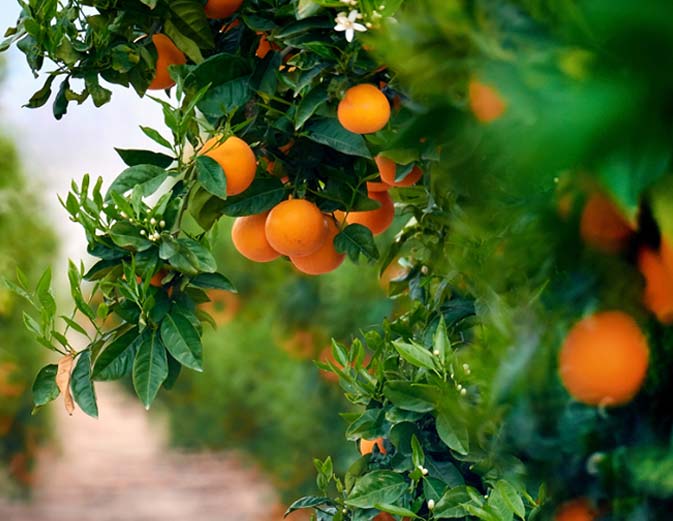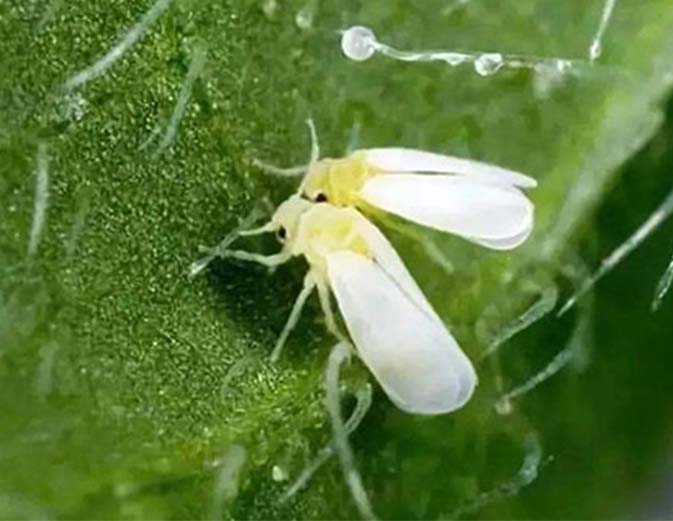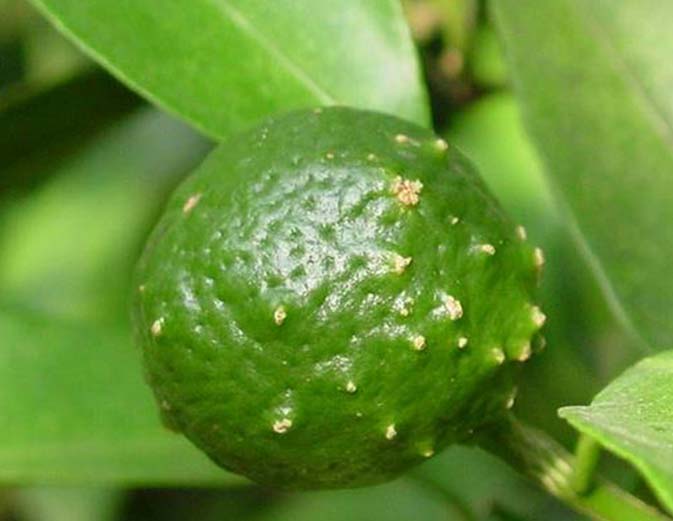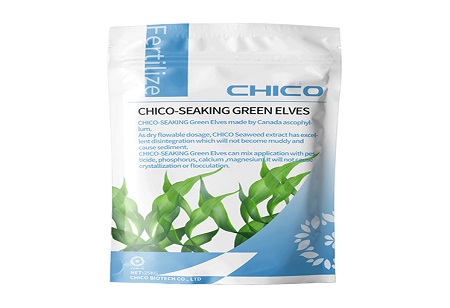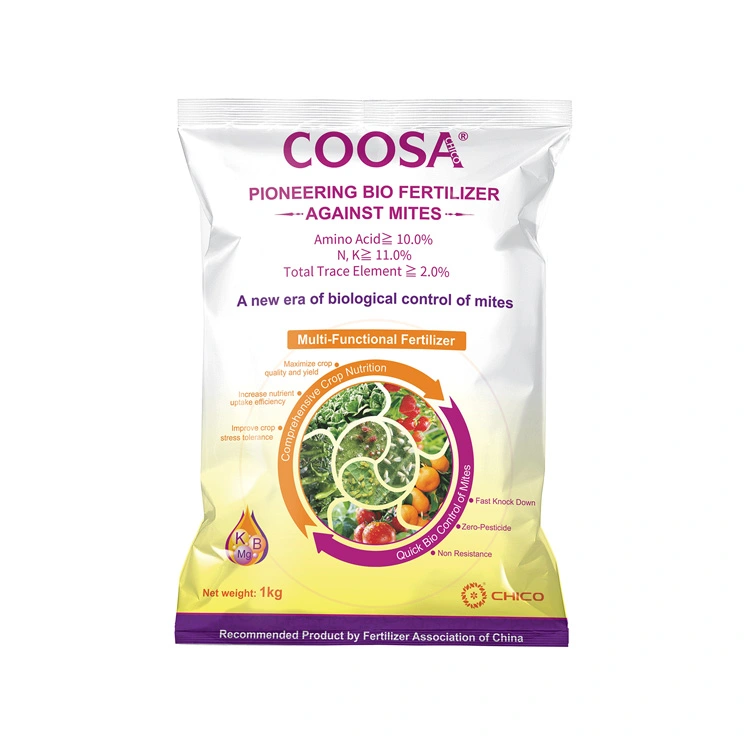
Chico's Biofertilizer Product: The Best Choice for Organic Farming
What Is Biofertilizer?
Biofertilizer is a type of agricultural input that utilizes beneficial microorganisms to promote plant growth and improve soil fertility. Its core function is to enhance plant nutrient absorption, inhibit pathogens, or increase resistance through the activities of microorganisms.
What Are the Advantages of Biofertilizer Product?
Environmentally friendly, reduces pollution
Reduces the use of chemical fertilizers, mitigating issues like soil compaction and water eutrophication.
Promotes plant growth and resistance
Nitrogen-fixing bacteria (such as Rhizobium) directly provide nitrogen; phosphorus and potassium-solubilizing bacteria release insoluble phosphorus and potassium elements in the soil.
Some strains (such as Bacillus subtilis) secrete hormones like auxin (IAA) and cytokinins, stimulating root development.
Induces Systemic Resistance (ISR) in plants, enhancing drought and disease resistance (e.g., Trichoderma fungi inhibit soil-borne diseases).
Resource cycling and utilization
Can utilize agricultural waste (like straw and livestock manure) for production, reducing production costs.
Reduces dependence on non-renewable resources (such as phosphate rock).
Safety and compatibility
No chemical residues, conforms to organic farming standards.
Can be used in conjunction with some chemical fertilizers and organic fertilizers to enhance overall fertility effect.
Introduction of Chico Biofertilizer Product CURER
For the prevention and control of fungal diseases in greenway plants, Chico has been closely collaborating with plant pathologists and plant protection experts. After years of effort, a new generation biofertilizer product called CURER has been developed.
Chico's biofertilizer product CURER is highly effective against powdery mildew and gray mold, and has significant resistance to black spot, anthracnose, downy mildew, leaf spot, and other fungal diseases. It also shows a clear healing effect on plants suffering from powdery mildew that have developed resistance to fungicides.
Additionally, Chico's biofertilizer product CURER is a purely organic biofertilizer product that can be widely applied to crops, fruit trees, vegetables, flower seedlings, and other organic farming practices. It contains no chemical ingredients or hormones, ensuring safety for the environment, humans, and crops. It is an excellent choice for organic farming practices.

